This is part three of a series of travelogue-style episodes to walk you through my recent visit to Namibia, co-hosting an amazing photography tour with my friend Jeremy Woodhouse. We pick up the trail on August 14, after a long drive from Luderitz, where we visited Kolmanskop and Elizabeth Bay, to the Sossusvlei area, with the magnificent red dunes.
Sossusvlei
We only had time to visit one dune after our drive, and we made that Dune 45, which is one of the most well know dunes in the area. We noticed what was probably an oryx skull on the west side of the dune, and although this is quite far away and small in this first photo for today (below), with the resolution of the 5Ds R, I was actually able to capture a lot of detail, and shot this, as it would make a wonderful feature in a large print.
I was also attracted to the patterns made by the wind in the surface of the sand, and as the sun was already below to horizon on the other side of the plane, the color of the sand was a little muted, but in my opinion looks stunning without the bright contrast that direct sunlight would have added. Click on the image to view it as large as possible, although I think this is really going to have to be seen on a big screen or in print to be fully appreciated. This was actually a 2 second exposure at f/10, ISO 400.
You may recall me mentioning last week that one of my goals at some of the locations that I was revisiting after my 2013 trip, was to recapture some of my old 5D Mark III images at the higher 50 megapixel resolution of the 5Ds R. This was most apparent as I visited the beautiful Deadvlei on August 15, the following morning. I decided that my highest priority for this morning was to repeat my 2013 Deadvlei Silhouettes image, almost identically, but fixing a couple of issues that I wish I’d done in the original.
Here, for your reference, is the old version too, so that I can point out what I did. The main thing that I wanted to fix was to remove the clump of vegetation on the right side, in the clay basin of Deadvlei, and remove that clump of lighter vegetation in the sunlight on the bottom right corner of the dune. To do this, I moved further back and zoomed in, to create a narrower field of view. I shot my 2013 photo (below) at 145mm, whereas I shot my 2015 version at 200mm.
You’ll also notice that the clay basin is darker in my old version, which I actually prefer. I think the light was perhaps a little harsher in May, in 2013, giving a greater contrast between the brightly lit dune and the clay basin that was still in shade, which is of course what causes the contrast in both images. This lasts just a minute or so each morning, so there is only really time to get one or two good photographs each day, before a line of white clay starts to appear along the back edge, and the scene is gone.
I should also mention that I did not compare what I was framing up this year with my 2013 version. I was actually surprised how similarly framed these both were, but I get that’s what comes from looking at a photo so many times over the last two years. I was also surprised by how little the trees have changed. In fact, they seem identical in every way still. The original was shot at f/11, ISO 100 for 1/30 of a second, and this years image was shot at f/14, ISO 100 for 1/15 of a second.
Once that magical yet frantic minute has passed, the pace of shooting gets more relaxed, and we start to look for other opportunities before heading back to our vehicles for breakfast. One other shot I’d like to share from this time is of these two people up on the dune on the East side of Deadvlei. Here we see the sun just coming over the top of the dune, so you can see what it is that caused the basin of Deadvlei to remain in shadow.
I of course shot this because of the people though, and didn’t realize until I looked at the image on the computer, but as the sun is shining through both legs of the person to the left, I’ve got this funky shaped star burst, with parallel lines running through each point of the star, which I thought was fun. To give you an idea of how far away these people were, this was shot at 400mm, at the long end of my 100-400mm lens. Still at f/14, with a shutter speed of 1/320 of a second, at ISO 100.
Towards the end of the day, we visited Dune 45 again, as the sun dropped down close to the horizon, as this enables us to capture the beautiful contrast between the east and west sides of the dune, as you can see in this photograph (below). Although I like the lack of strong contrast in the first image we looked at today, the red late afternoon sun does enhance the color of the orange/red sand of the dunes, giving it this almost fiery appearance.
Believe it or not, I have not increased the saturation in the sand at all in this photo. I exposed the image to the right, for the best quality image, then reduced the Exposure slider in Lightroom to -0.35, and reduced the Blacks slider to -72, and increased the Clarity to +30. Under the HSL Saturation panel, I also increased the Saturation of of Aqua to +13 and Blue to +100, to give the sky a bit of a boost, as it was very pale, but otherwise, the saturation hasn’t been touched. This was shot at f/14, ISO 400 for a 1/50 of a second, at 100mm.
I shot this next image, a closer view of the tree at the base of Dune 45, after the sun had gone below the horizon, so I did boost the saturation a little on this one to make it match the last photo a little more. I increased the Red slider to +19 and Orange to +71.
Note that I’m not choosing the sliders and adjusting them. I’m clicking on that little round button at the top left of the Saturation panel, then clicking on the orange of the dune and dragging my mouse upwards, to increase the saturation of the colors I’ve clicked on. This was shot at f/14 for 1/25 of a second at ISO 800. I was using a tripod, but it was quite windy, so I decided to increase the ISO rather than using a longer exposure, to avoid the wind shaking my camera during the exposure.
The following morning, on August 16, we went back into Deadvlei at dawn, to make this next image, my new photograph of the dead camel thorn trees for this trip (below). I found these two similar trees that I could line up in this way, with the more distant tree kind of under the branch of the nearer tree. I like the interplay between the two trees more in this shot, compared to my original image, as there seems more of a relationship between the two here. I think I still prefer my original image from here, but this is still a nice addition to my Namibia library I think.
I have actually made this image available as high-resolution desktop wallpaper, and it will be the October 2015 monthly wallpaper that I send to subscribers, so if you’d like a copy for your desktop background, you can either buy it for $3 or get it for just $2 as part of our yearly subscription, which is just $24 per year.
This was shot at f/16 for 1/15 of a second at ISO 100, with a focal length of 349mm, so almost at the full extent of my 100-400mm lens. That reminds me, I should mention that although I took the 70-200mm f/2.8 lens with me to Namibia, I almost always reached for the 100-400mm instead. Although I found that the 70-200mm f/2.8 is sharp and works well with the 5Ds R, I’m really enjoying being able to zoom past 200mm, in return for losing that 30mm between 70 and 100mm.
I’ve decided to only take the 100-400mm with me to Iceland next week, and I’ll leave the 70-200mm at home. I’m actually now thinking that I’d love it if Canon would release an update to the 24-105mm f/4 lens, as this would enable me to travel with just three lenses, the 11-24mm, a 24-105mm and the 100-400mm, giving me a huge range of focal length without any areas missing. Of course, I’ll still travel with my 200-400mm 1.4X Extender lens when wildlife is the focus, but for mainly landscape trips, 11-400mm in three lenses is a nice combination.
Towards the end of August 16, we went to a dune that I believe is number 35, although I seem to recall us referring to it as dune 43. Maybe it has both names, as the numbering seems to be all over the place. 43 would be the number of kilometers from the entrance gate to the area, and it is about 2km down the road from 45, but one of our guides referred to this as 35, so I’m going to use that for now.
You have to leave the park before sunset, and the location from which we shot this photo is a good kilometer from the road, so we had to time this to give us enough time to get back to our vehicle, and wait as long as we could to get as much of the east side of the dune in shadow as possible before we had to leave. I shot this at f/14 for 1/50 of a second at ISO 200, with a focal length of 135mm.
The following day, we drove most of the day again, to Walvis Bay, and had a few hours of photography as the sun neared the horizon. Being on the coast, Walvis Bay is cloudy a lot of the time, so I timed, this shot for when there was a bit of sun shining through, creating almost a silhouette of the flamingoes resting at the end of the day (below).
Shots like this may appear random, but I think it’s still important to select your moment for any shot, so in addition to the lighting, I chose this moment because of the flamingo on the far left on the front row. He raised his head, making that beautiful reverse S shape, and put his right leg forward as he started to walk, so that was my moment.
This was shot at f/11 for 1/1000 of a second, at ISO 250. I had my shutter speed this fast so that I was prepared for the flamingoes flying as well, but there was only a few small groups that flew at this location, before we decided to call it quits and head back to our hotel, where we’d spend the next few nights in this area.
The following day, we were met by two local guides that would drive us over dunes and along the beach to Sandwich Harbor, where there is a Ramsar Convention protected lagoon, with a large population of flamingoes that call it home. This is a unique location because you can photograph the flamingoes flying with sand dunes as their backdrop, as you see in this photo (below). I increased my ISO to 1250 to get a fast shutter speed of 1/800 of a second at f/8 for this image.
We didn’t have long at this location, so I was happy to capture this next image, as a huge number of flamingoes took flight, almost filling the frame, along with a line of flamingoes along the bottom of the frame (below). I shot this at 400mm, the long end of my 100-400mm lens, now with the ISO at 1600, still at f/8 for a 1/800 of a second exposure.
Shortly after this, there was a huge blast off of flamingoes, which I missed because of what might be a compatibility issue between the 5Ds R and the GP-E2, which is a GPS unit that I attach to the flash shoe of my camera to geotag my images as I shoot them. I shot a few frames, then checked my exposure, as I always do, and noticed that they were all over exposed.
I checked my settings and the shutter speed was now at 1/200 of a second, and not 1/800 of a second, where I’d set it. At first I thought I’d caught the dial and changed it by mistake, but when I set it back to 1/800 and half pressed the shutter button, it went straight back to 1/200 of a second. This of course is the fastest sync speed for a flash, so I went into my menu and found that the flash was turned on, so I turned that off, but it came back on again.
It shouldn’t have been on anyway, because there was no flash in the camera, but then I noticed that the batteries in my GP-E2 had died. I took the GP-E2 unit off the camera, and was able to set my shutter speed back to 1/800 of a second, and this time it stayed there. By this time, the flamingoes that had filled the sky for a minute or so were all gone, and I’d missed possibly an even better opportunity than my last shot.
I changed the batteries in my GP-E2 and put it back on the camera, and all was good, except that I’d missed my shots. This has never happened in the past with my 5D Mark III or other bodies, and really should not happen at all. You should be able to put anything into the flash shoe, and unless it electronically reports to the camera that it’s a flash, this should not happen. I’ve reported it to Canon, and they will investigate further, but I thought I’d let you know in case you also use a GP-E2 with the 5Ds, and run across this problem too.
I usually like to keep the number of images that we look at in each episode to a maximum of ten, but here is one last image that I shot on this day, and it makes sense to include it here before we move on to next week’s images. As we drove back over the dunes on our way back to Walvis Bay, we noticed an ostrich, so we stopped the car, and as a few of us got out to photograph him, he ran up the dune and across our paths, enabling me to shoot this photograph (below).
He was running at a good pace, so there is a little bit of motion blur, as my shutter speed was at 1/400 of a second, but I like the action of this as he runs, and kicks up the sand behind him. I had my aperture at f/8 and ISO at 1250 for this image.
The following day, August 19, we had another long drive, up the Skeleton Coast, and across from Torra Bay to Sesfontein. We photographed a few Himba people at sunset, but arrived at our hotel for the next few nights after dark, so we’ll skip this day and pick up the trail next week on August 20, with some portraits from the first Himba village that we visited during our tour.
Last 36 Hours of the 5DayDeal!
Before we finish, I’d like to mention that at the time I release this Podcast, there are still 36 hours to get your 5DayDeal Complete photography bundle, if you haven’t already picked it up. The bundle contains more than $3,300 worth of photography tools and training, for just $127, and you get to help charity at the same time. I know it sounds too good to be true, but it isn’t. There are no catches, just an amazing deal, so go to https://mbp.ac/5dd3 and pick up your Complete Photography Bundle today if you haven’t already. The sale finishes at noon PST on Sept 15, and then it’s gone forever. If you missed this, sign up for my newsletters, and I’ll ensure that you hear about the next one in time.
Show Notes
Music by the Staff of the Kulala Lodge in Sossusvlei – Thank you!
Subscribe in iTunes for Enhanced Podcasts delivered automatically to your computer.
Download this Podcast in MP3 format (Audio Only).
Download this Podcast in Enhanced Podcast M4A format. This requires Apple iTunes or Quicktime to view/listen.

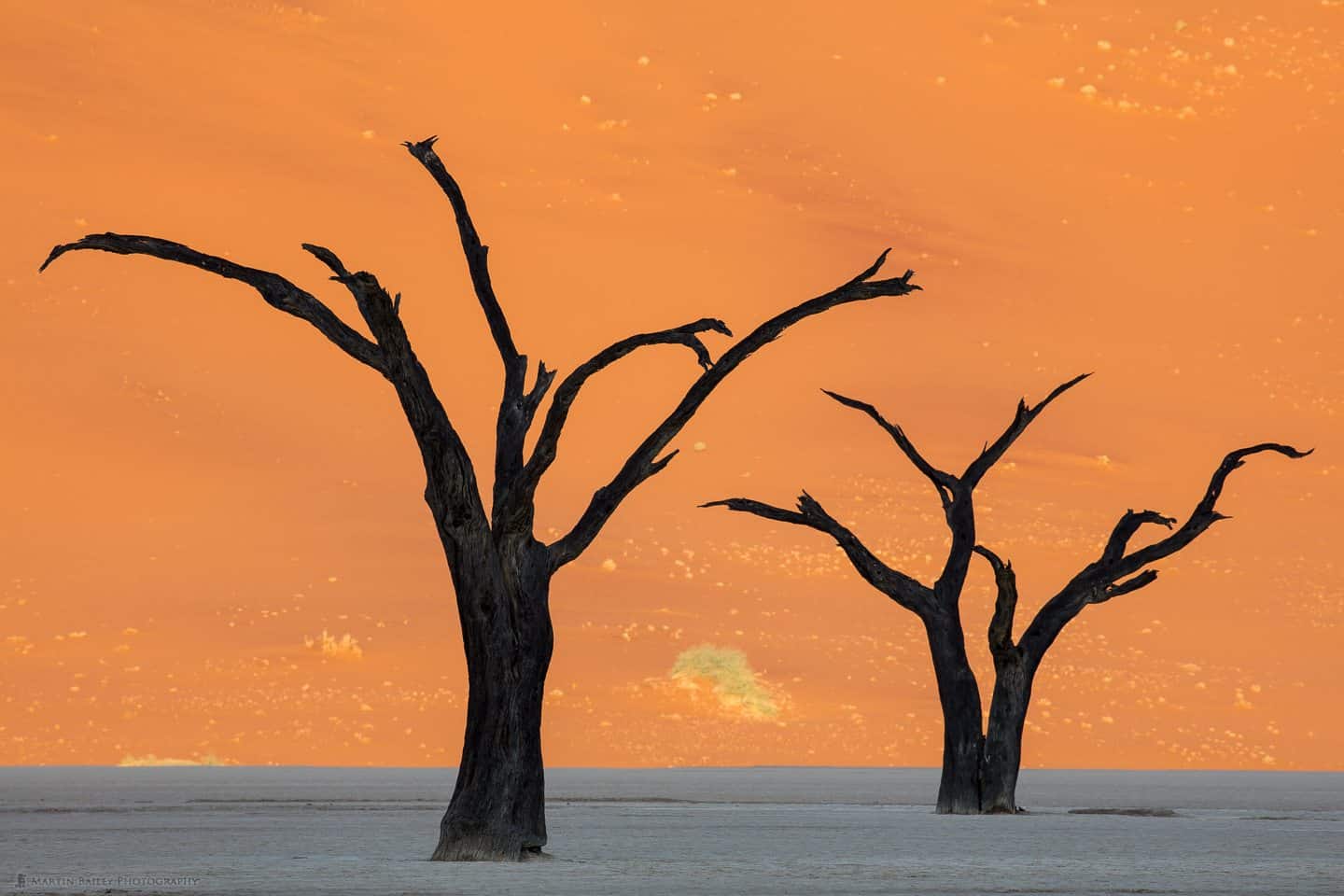

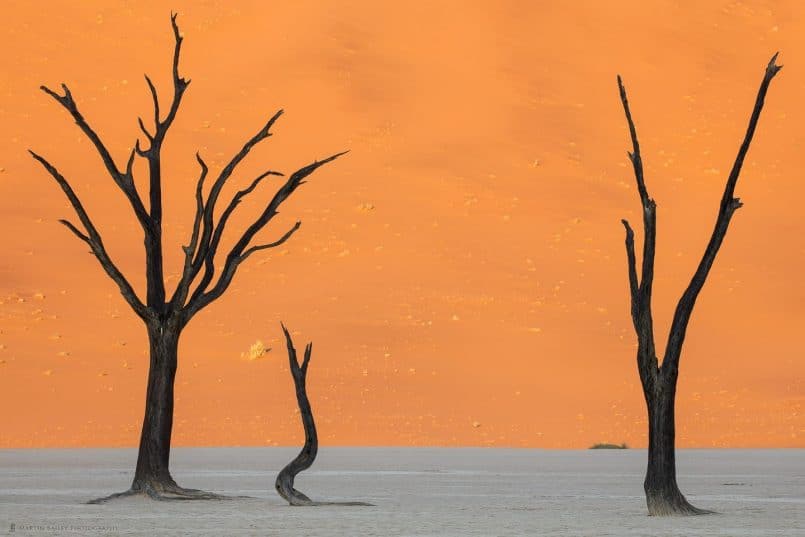
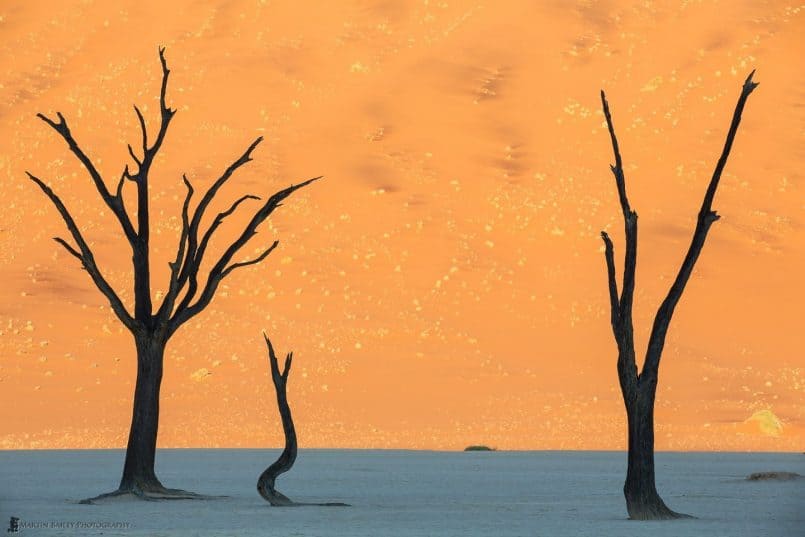
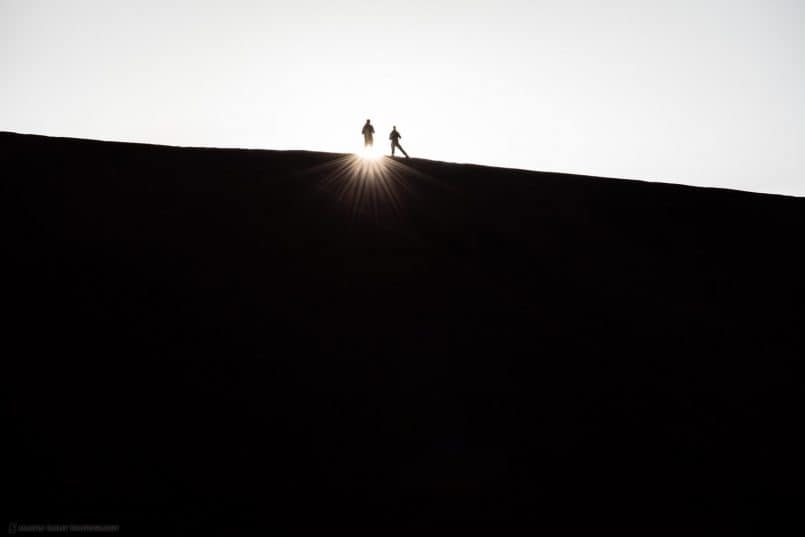

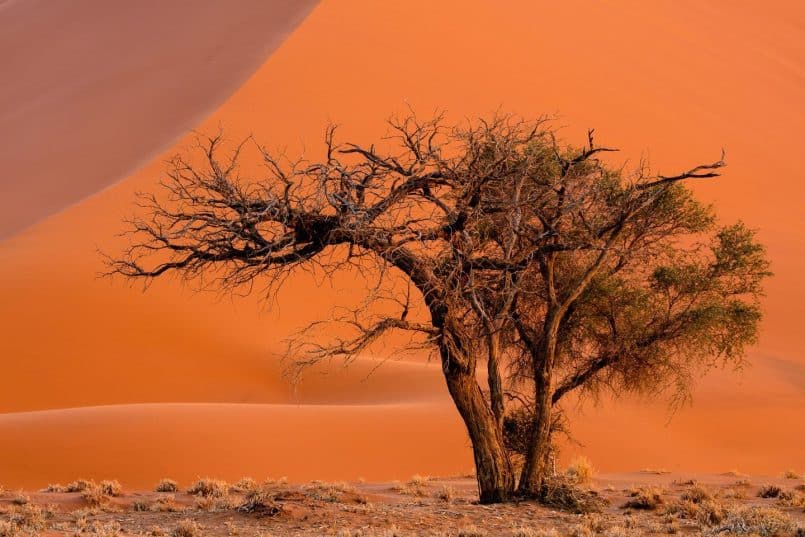
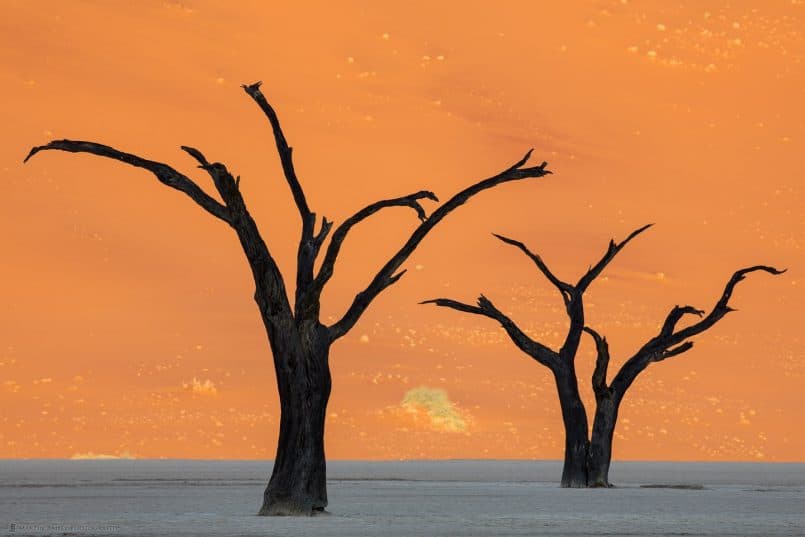
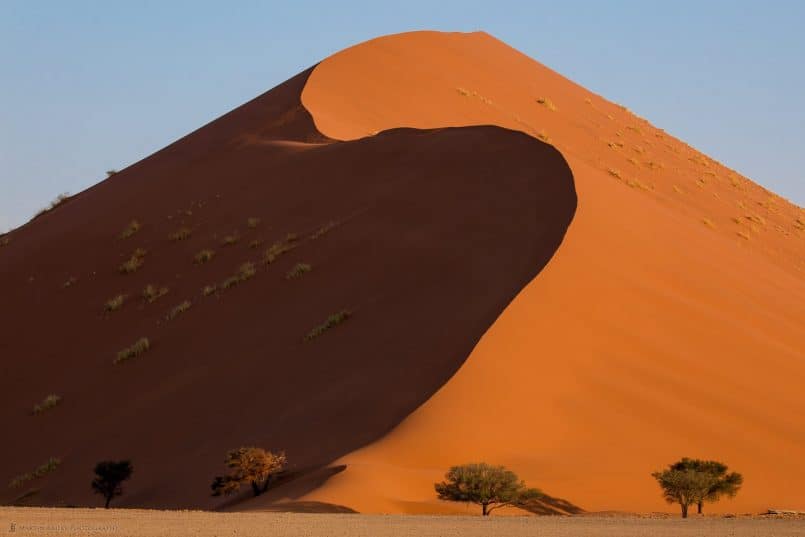
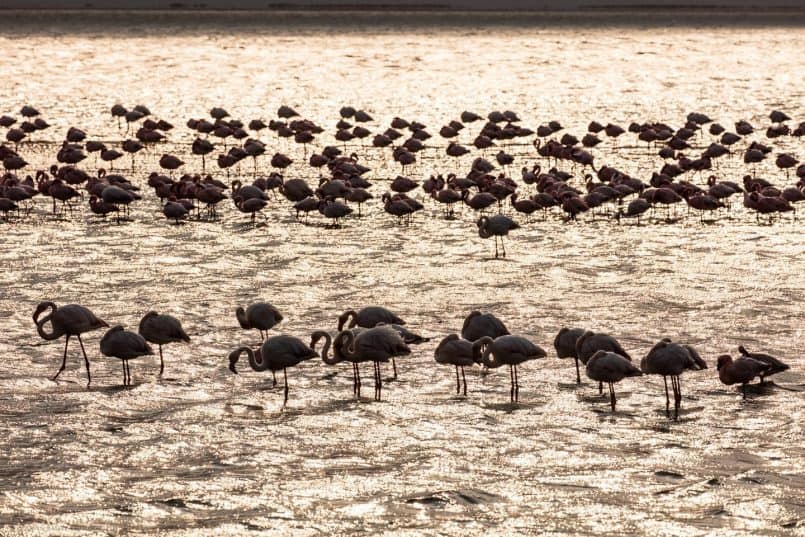
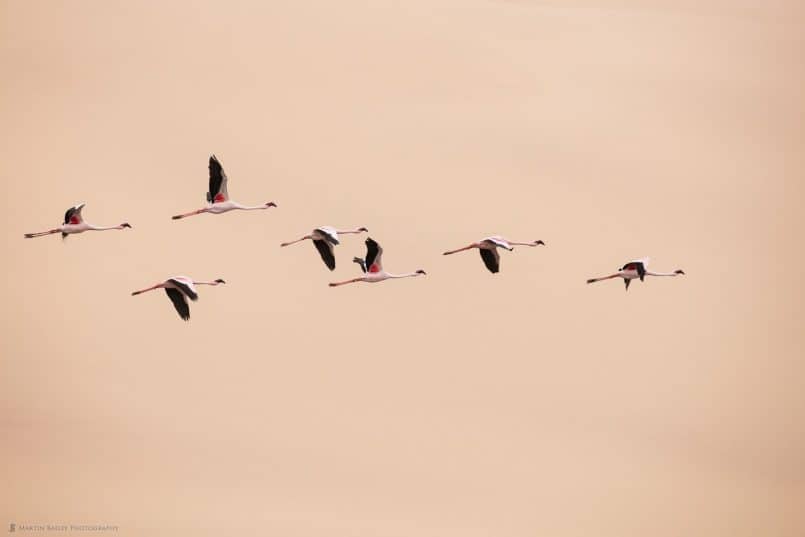
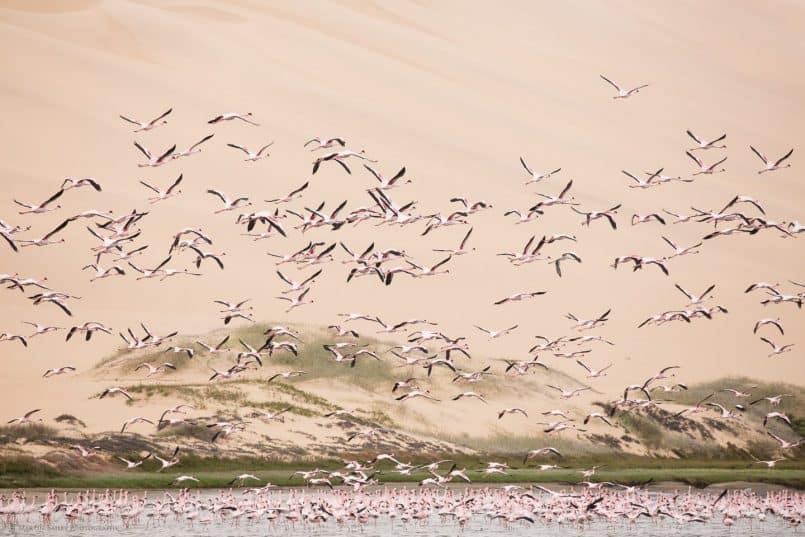
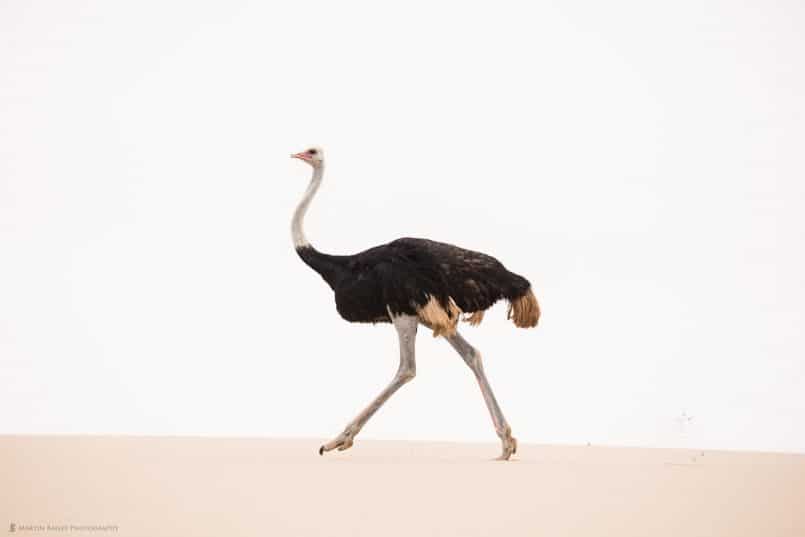


Beautiful pictures
Thanks Mike!